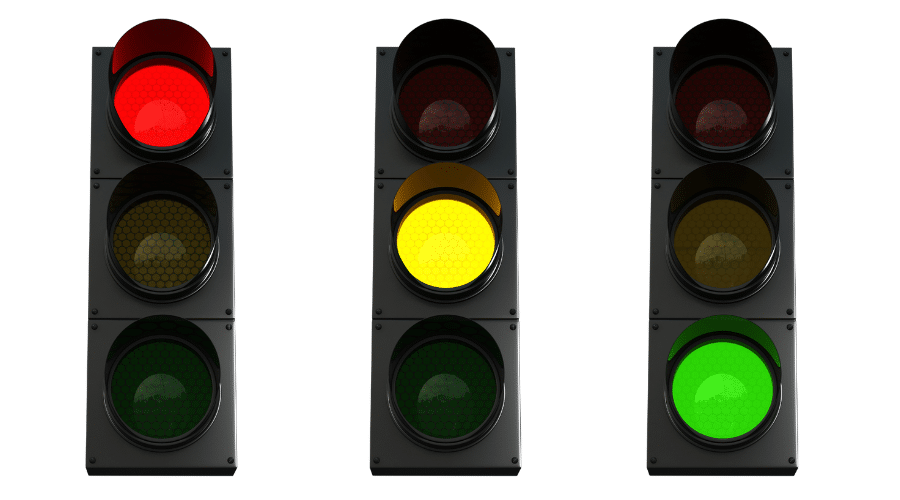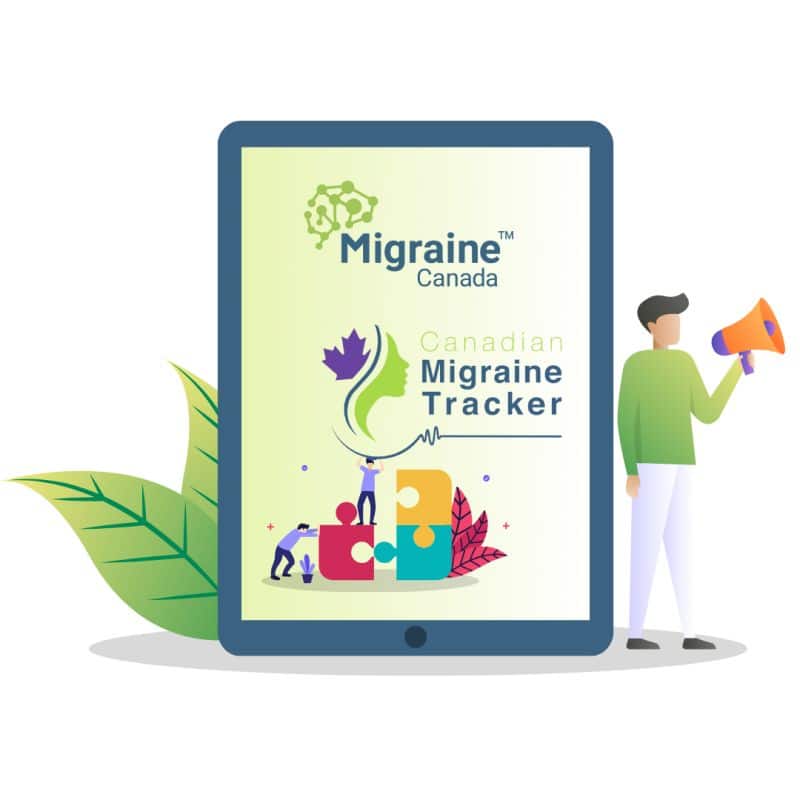If you have migraine, it can be challenging to explain just how much your daily life is impacted. That’s where the Traffic Light System for Migraine Severity comes in, a straightforward, colour-coded way to assess how disabling a migraine attack is, and to guide treatment decisions. This system is recommended by pediatric neurologists to help children track their migraine.
This system, based on the Canadian Headache Society Guidelines, helps both patients and healthcare providers choose the right treatment depending on the severity of the migraine attack.
What Is the Migraine Traffic Light System?
The traffic light model uses three easy-to-understand categories based on how much a migraine impacts your ability to function:
- 🟢 Green = “I can still go” headache
Mild migraine. You can continue your daily activities with little disruption.
- 🟢 Green = “I can still go” headache
- 🟡 Yellow = “I have to slow down” headache
Moderate migraine. Your productivity drops, and you may need to pause or rest.
- 🟡 Yellow = “I have to slow down” headache
- 🔴 Red = “I have to stop” headache
Severe migraine. You need to stop all activities and may require stronger treatment or rest in a dark, quiet room.
- 🔴 Red = “I have to stop” headache
Tailoring Migraine Treatment to Severity
By identifying whether you’re in the green, yellow, or red zone, you and your healthcare provider can better determine the most effective first-line migraine medications. This targeted approach helps avoid over- or under-treating your symptoms.
Color-Code Your Headache Calendar
Using the traffic light system in your headache diary or calendar can give both you and your healthcare provider a quick visual snapshot of how well your treatment is working:
- Green = Mild day
- Yellow = Moderate day
- Red = Severe day
- White = Migraine-free day
The goal? Fewer red and yellow days, and more green, or ideally, white days.
Prefer Numbers? Try the 0-1-2-3 Scale
If you’d rather use numbers than colors, the 0-1-2-3 system is a helpful alternative:
- 0 = No headache (headache-free day)
- 1 = Mild (I can function)
- 2 = Moderate (I am slowed)
- 3 = Severe (I cannot function)
An Ideal Tracking System for Children
Help your child manage their migraine. This simple traffic light colour system is recommended by pediatric neurologists to help children track their migraine. Children recognize traffic lights and can easily translate the simplicity of three colours to describe the impact of their migraine:
- Green – No pain, feeling good, can go to school and play normally
- Yellow – Mild to moderate pain, some discomfort, may need to take it easy
- Red – Severe pain, needs rest, unable to participate in normal activities
Parents can download and print a migraine diary or your own paper version. Using coloured stickers or markers, children can mark their daily migraine status using the red-yellow-green scale.
This visual approach empowers children to express their symptoms clearly, helping both parents and healthcare providers understand the frequency and intensity of migraine attacks over time.
Why It Matters
Tracking your migraine disability level empowers you to take control of your health. Whether you use colours or numbers, the key is consistency. The more clearly you can communicate the impact of your migraine, the better your healthcare team can support you with a personalized, effective treatment plan.
Check out our printable diary templates.
Prefer an app? Learn more about our Canadian Migraine Tracker app.
Start using the migraine traffic light system today and take a big step toward better migraine management.
References:
Marissa Lagman-Bartolome A, Lay C. The Traffic Light of Headache: Simplifying Acute Migraine Management for Physicians and Patients Using the Canadian Headache Society Guidelines.
Headache.2018 Oct 27. doi: 10.1111/head.13428.



